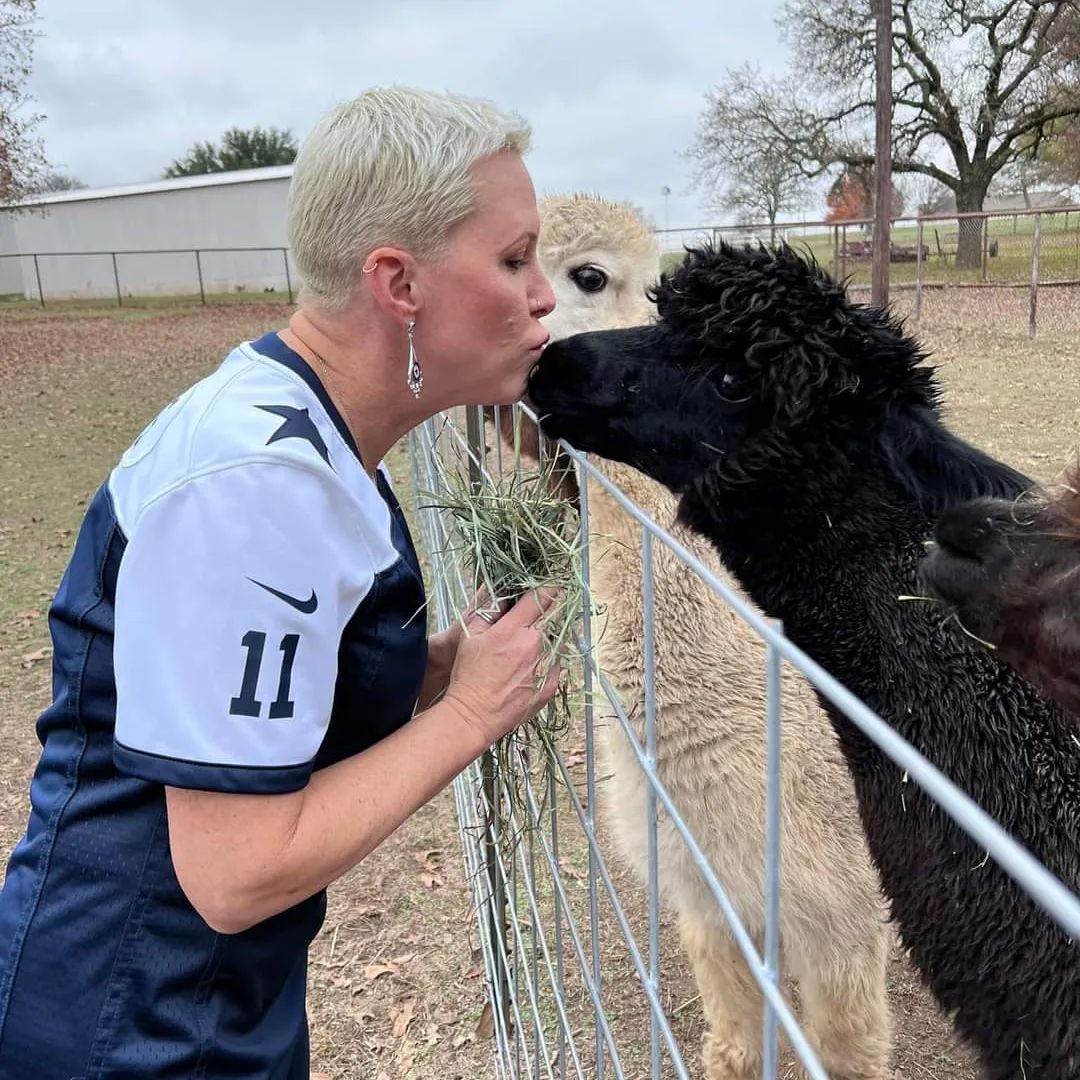Most people know alpacas for their big eyes and fluffy fleece—but there’s much more to these gentle animals than cute looks. From ancient Andean royalty to eco-friendly grazing habits in Texas pastures, alpacas have a surprising story to tell.
Here are five facts that might change the way you see them:
1. Alpacas Have a Strong Herd Instinct
Alpacas are highly social and rarely thrive alone. They rely on their herd for safety and comfort, often humming softly to each other as a form of communication. Farmers recommend keeping at least three together to avoid stress and maintain well-being.
2. Their Fiber Is Softer (and Lighter) Than Sheep’s Wool
Alpaca fleece is famous for its silky softness and warmth. Unlike sheep’s wool, it contains no lanolin, which makes it hypoallergenic for many people. Alpaca yarn is also lighter and often compared to cashmere in luxury textiles.
👉 Curious how alpaca fleece stacks up against llamas? See our full guide to alpacas vs. llamas and their fiber differences.
3. They’re Surprisingly Eco-Friendly
Alpacas have padded feet instead of hooves, which makes them gentler on pastures. They nibble plants without pulling them up by the roots, helping preserve grassland health. Combined with efficient digestion and low water needs, they’re considered one of the most sustainable fiber-producing animals.
4. Alpacas Have an Ancient Andean History
Domesticated over 6,000 years ago in the Andes, alpacas were central to Incan culture. Their fiber was so prized it was once reserved for royalty. Today, while most of the world’s alpacas are still in South America, you can find them thriving on small farms across Texas.
5. They Communicate in Surprising Ways
Beyond their signature humming, alpacas use body language to express themselves. A tilted ear, a stretched neck, or even the occasional spit (their way of setting boundaries) all carry meaning. Learning these signals makes time around them even more rewarding.
✨ Curious to meet alpacas up close?
Delve offers farm tours and hands-on experiences where you can feed them, learn about their fiber, and discover why so many people fall in love with these gentle animals.
References
- Alpaca Owners Association. About Alpacas.
- Alpaca Association of Australia. Alpaca Care.
- University of Georgia. The Emergence of the Peruvian Alpaca Industry in American Markets.
- ATTRA / National Center for Appropriate Technology. Llamas and Alpacas on the Farm.
- eLife (2021). Ancient DNA Shows Domestication of Alpacas from Vicuñas in the Andes 6,000–7,000 Years Ago.
- ScienceDirect (2023). Behavioural Biology of South American Domestic Camelids.
- Veterinary Key. Behavioral Clues for Detection of Illness in Wild Animals: Models in Camelids and Elephants.








